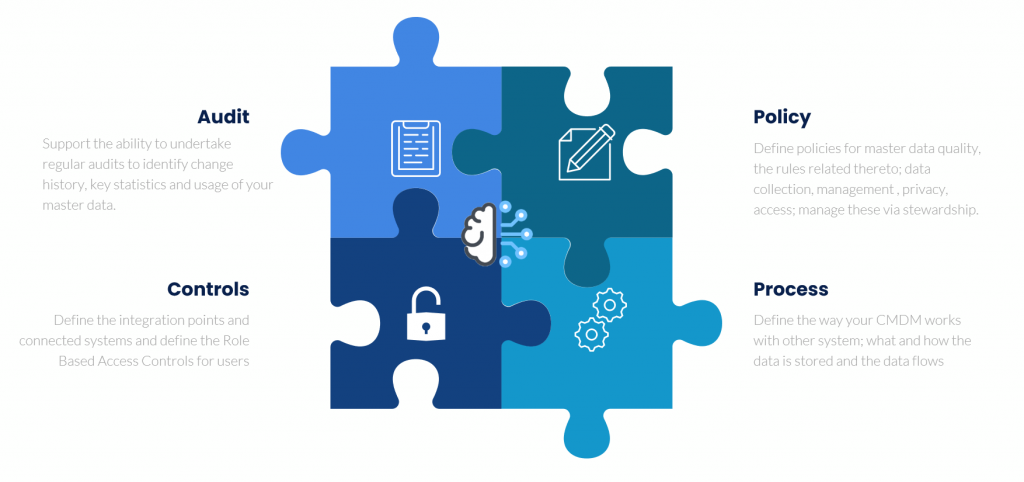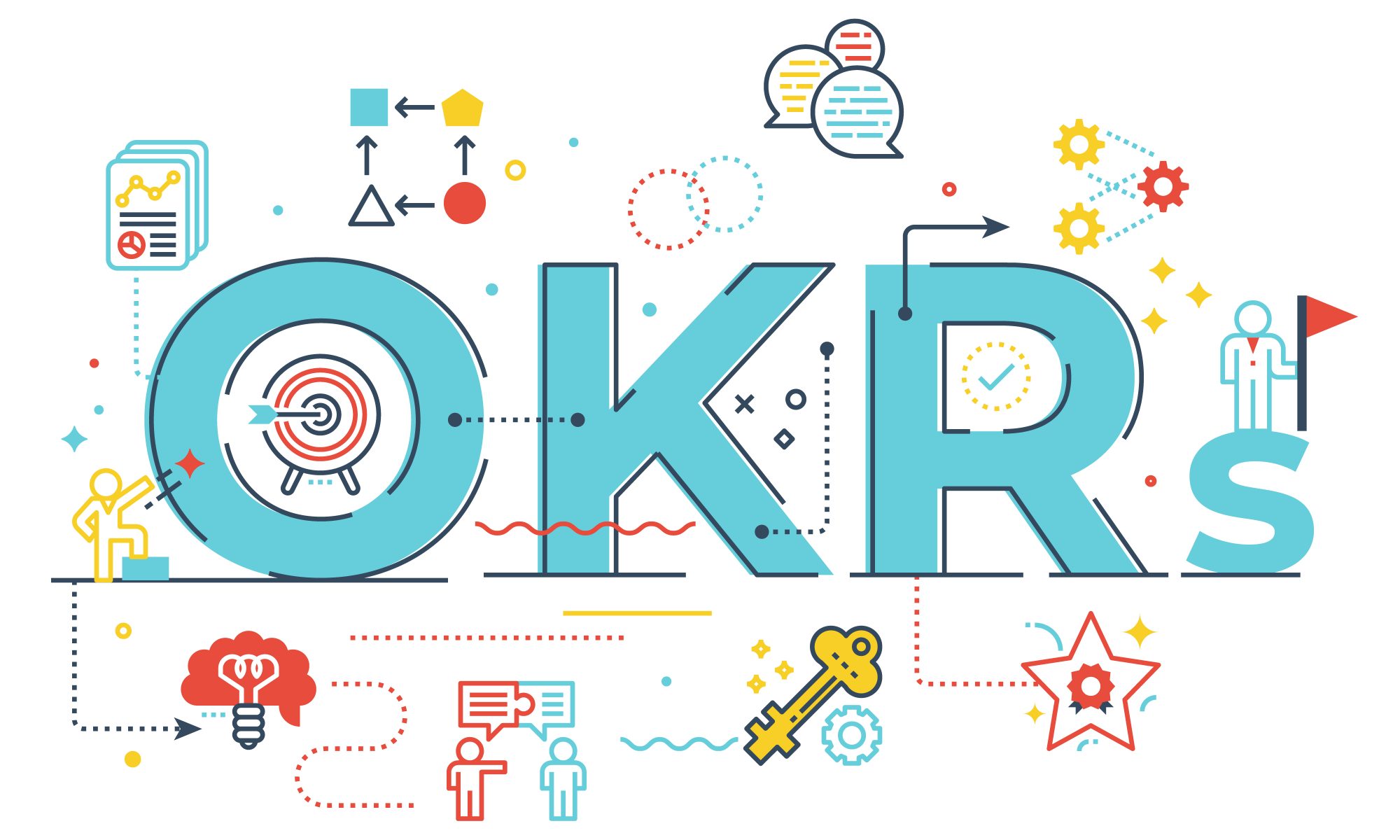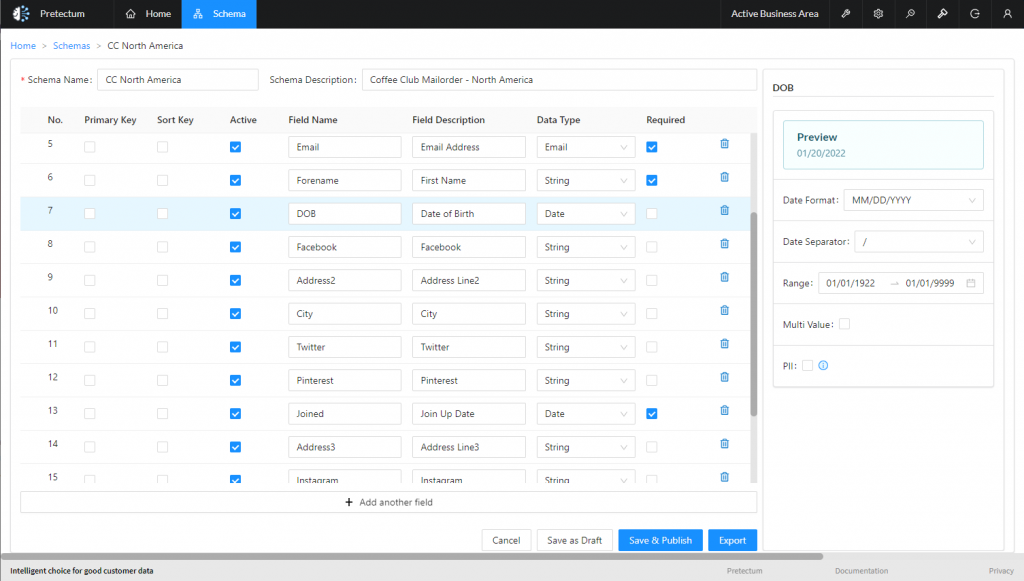Master Data Governance is a critical process that ensures the accuracy and consistency of the organization’s most important data assets.
Master Data Governance provides a framework for managing customer data across the organization and this is encompassed by four key aspects. policy, process, and controls and audit.

Policy
Master Data Governance requires the organization to establish policies and procedures that govern the management of data across the organization. These policies and procedures ensure that data is accurate, consistent, and reliable. They provide guidance on how customer data should be created, updated, and managed.
The policy development process involves working with stakeholders across the organization to identify business requirements and develop policies that align with those requirements. Policies are typically developed for data creation, data maintenance, and data security and include aspects that relate to data quality.
Process
Once policies have been established, the next step is to apply the associated processes for ensuring alignment of work practices with those policies. The process development phase involves defining any necessary application workflows and gating activities for managing the change and creation of the data across the organization.
These workflows and procedures ensure that data is managed consistently across the organization and that data quality is maintained.
The process development phase also includes the development of data quality rules and metrics. These rules and metrics define the standards for data quality and provide a framework for measuring the effectiveness of the Master Data Governance process.
Controls
In Master Data Governance establishing controls to ensure that policies and procedures are being followed and that data quality is being maintained. Controls include both manual and automated checks and balances that help to ensure that data is accurate, consistent, and reliable.
Automated controls include data validation checks, data profiling, and data cleansing. Manual controls include data stewardship and data ownership roles and responsibilities.
Audit
Finally, Master Data Governance in Customer master data starts with an audit of an organization’s data assets to identify any gaps or issues that need to be addressed. The audit typically includes a review of the data sources, data quality, and data management processes. The objective of the audit is to identify any areas of risk and to develop a plan for mitigating those risks.
The audit process includes a review of existing policies and procedures to ensure they are aligned with business requirements. The audit team also reviews the data model to ensure that it accurately reflects the organization’s business processes and objectives.
Benefits of Master Data Governance for Customers
The end result of MDG implementation as a part of customer master data is improved data quality, increased data accuracy, and better decision-making. By ensuring that customer master data is accurate, consistent, and reliable, Master Data Governance helps organizations to make better decisions and drive business growth.
Customers ultimately also benefit from increased transparency and accountability. Master Data Governance provides the framework for managing data across the organization and ensures that data is managed consistently and in accordance with established policies and procedures.
Master Data Governance is a critical process that helps organizations to manage their most important data assets. The process includes establishing policy, applying process, and controls and providing audit to ensure that data is accurate, consistent, and reliable. By implementing Master Data Governance, organizations can improve data quality, increase data accuracy, and make better decisions. Customers also benefit from increased transparency and accountability. Master Data Governance is a vital component of any organization’s data management strategy and is essential for success in today’s fast-paced business environment.
To learn more about how Pretectum can support your business in the Customer Master Data Governance contact us.




